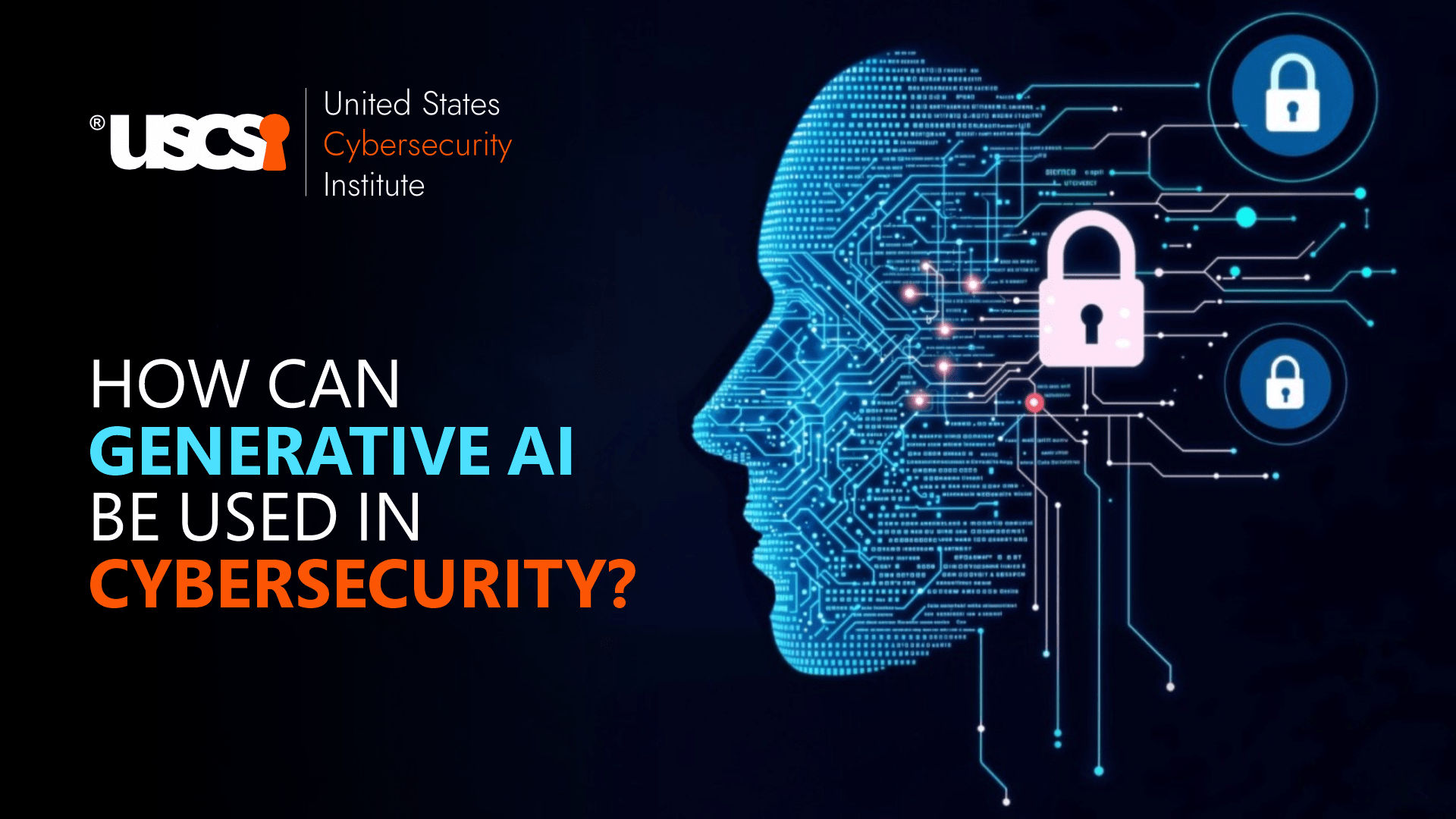

Machine Learning in Cybersecurity: Benefits, Hurdles, And Myths Explored
There has been an uptake in the widespread usage and deployment of machine learning and artificial intelligence in the cybersecurity technology space. This is conveniently visible in intelligently automated vehicles, personalized consumer experience, and beyond. Not just that, the AI in cybersecurity global market size is expected to reach a whopping USD 25.02 billion by 2024 (Polaris Market Research).
Adding to the concern, the World Economic Forum released the Global Risks Report 2023 which stressed that cybersecurity and cloud attacks to remain a constant concern in 2024, with continued risk from attacks against technology-enabled resources and services. Let us see how artificially intelligent processes and machine learning can leverage higher cybersecurity.
What makes Cybersecurity a dreaded topic of today?
Forbes reports global cybercrime damage costs to surge by 15% per year through 2025; reaching USD 10.5 trillion. Phishing, spear phishing, malware, and ransomware attacks are raging in the global cybersecurity threat landscape; making the business world an unsecure place. The diversity of cyberattacks is visible in the surmounting types of attacks raiding businesses worldwide off their reputation and critical data. This is enough evidence of securing the threat scenario with targeted cybersecurity strategies and hiring certified cybersecurity professionals.
Is Machine Learning capable of enhancing business cybersecurity?
Yes, indeed! Diverse Machine learning algorithms can be deployed to be used with Intrusion Detection Systems (IDS), devices, or services that monitor network security and system behavior for suspicious activity or security policy violations to improve their ability to detect cyberattacks. AI-ML instantaneously automates incident response by rapidly identifying and containing security incidents to minimize response time and impact. This enhances overall security, giving enough room for cybersecurity professionals to focus on strategic initiatives and complex investigations.
Machine Learning in Cybersecurity- Types:
|
Supervised Learning |
Unsupervised Learning |
Reinforcement Learning |
|
The model is trained on labeled inputs and desired outcomes; teaching it to perform tasks with unfamiliar data. |
The model is trained on unlabeled data and is left to find structure and data patterns. |
The model is not given labeled inputs or outputs and instead learns through trial and error; to maximize a cumulative reward |
Machine Learning in Cybersecurity- Use Cases:
- Automated Threat Detection and Response in Early Stages
- Attending to Network Vulnerabilities
- Workload and Cost Reduction
- Task automation
- Vulnerability management
- Sandbox malware analysis
- Forensic analysis
- Static and behavioral hybrid analysis
- Static file analysis
- Threat classification
- Web Shell
- Network risk scoring
Machine Learning in Cybersecurity- Benefits:
- Rapidly synthesizing large volumes of data
- Activate expert intelligence at scale
- Automate mundane manual tasks
- Augment analyst efficiency
- Anomaly detection
- Malware and phishing detection
- Behavioral Analysis
- Threat hunting
- Reduce false positives
- Enhanced scalability
- Cloud security
- Automated cybersecurity processes
- Adaptable defense systems
- Fewer human errors
Machine Learning in Cybersecurity- Constraints:
- Spike in the number of connections
- Social engineering schemes
- Tech talent shortages
- Machine learning data needs
- Trade-offs between true and false positives
- Explainability
- Repeatability and reproducibility
- Target environment optimization
- Hardening against adversarial attacks
Machine Learning in Cybersecurity- Myths Busted:
Myth 1: Machine learning is better than conventional analytical or statistical methods
Fact: Machine learning may not be a well-suited tool for use across every problem space. Indeed, other analytical or statistical methods may produce highly accurate and effective results or maybe less resource-intensive than a machine learning approach.
Myth 2: Machine learning should be used to automate as many tasks as possible
Fact: Machine learning can be highly resource intensive as it requires access to large data quantum, computational resources, and dedicated data science teams to build, train, and maintain models.
Machine Learning in Cybersecurity- Top 3 Tech Giants Worldwide:
- CrowdStrike- Combines machine learning, AI, and behavioral analytics to execute proactive threat hunting.
- Microsoft- Uses its cybersecurity platform, Windows Defender for Endpoint; for preventive protection, breach detection, automated investigation, and response.
- Splunk- Possesses a variety of applications, including IT operations, analytics, and cybersecurity. It identifies a client’s digital weak points, automates breach investigations, and responds to malware attacks.
Machine Learning in Cybersecurity- Outlook:
The World Economic Forum predicts that in 2024, security teams will transition to small language models. Real-time data training will be the secret weapon, empowering security teams to adapt swiftly to the ever-shifting threat landscape. Security Week.com reveals a proliferation of AI and generative AI platforms to be integrated into security tools; allowing huge amounts of data to be processed promptly, and speeding up operations response time.
Thinking of a career in Cybersecurity?
Penetration Testing, security engineering, cloud security, and beyond- You can be one of them! The time is now to build a thriving cybersecurity career! You ask why? For the sheer reason that industries worldwide are depending on and leveraging more of the artificial intelligence and machine learning in cybersecurity. With the emergence of smarter and meaner cybersecurity threat incidences, it is critical to invest your time and resources in the world’s most trusted and popular cybersecurity certifications.
Today, India alone sits at a cybersecurity talent gap of a staggering 800,000 professionals (cnbctv18.com). However, the global cybersecurity skill gap is expected to be responsible for over 50% of significant incidence reports by 2025 (Gartner). Isn’t that enough reason to dive into the field with the best of knowledge and skills to provide a secure environment for the world business community? Make yourself invincible in the cybersecurity industry with the best machine-learning capabilities today!





